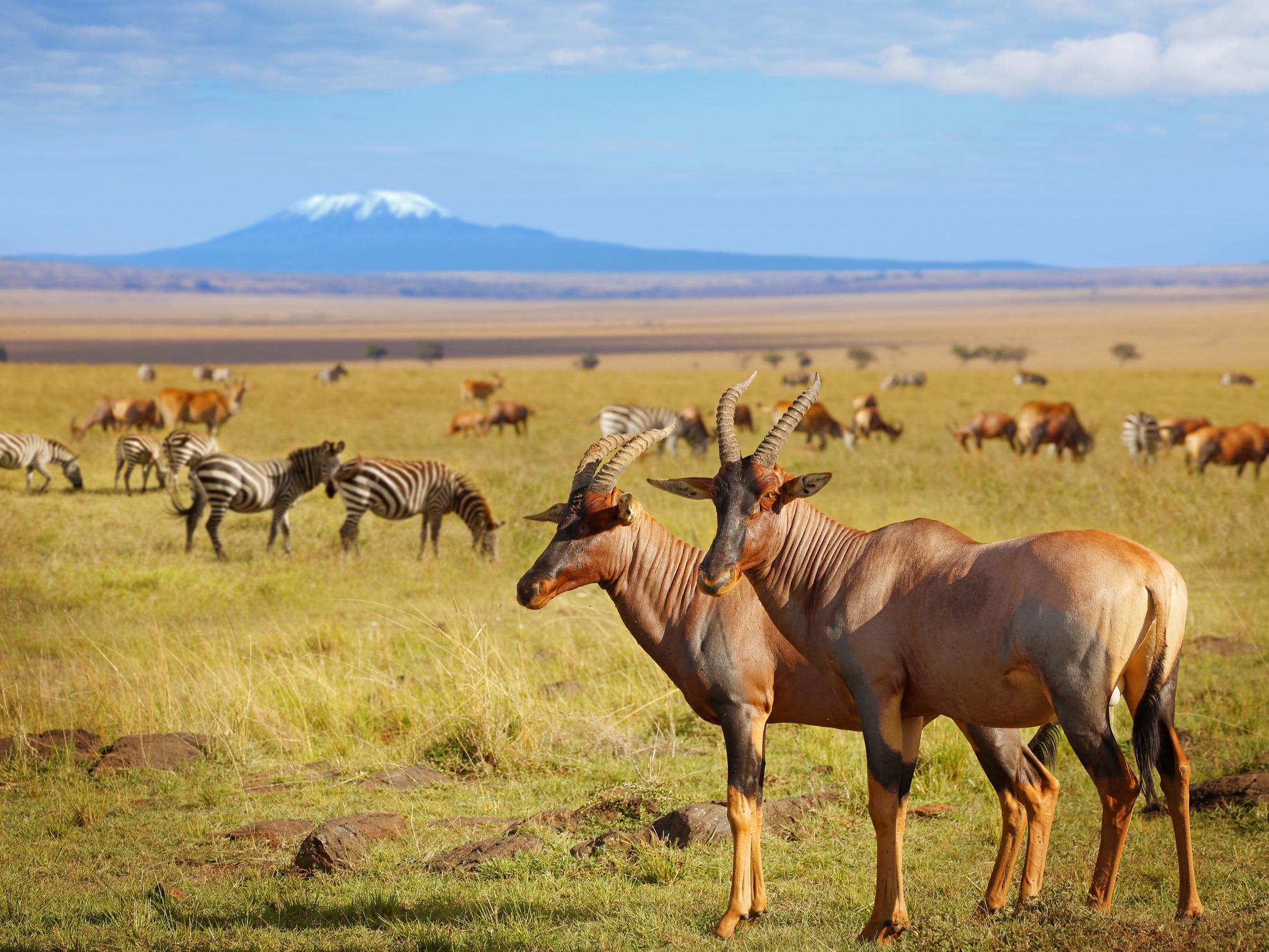Hundreds more species under threat of extinction than previously thought, scientists say
‘This indicates that urgent reassessment is needed of the current statuses of animal species’

Your support helps us to tell the story
From reproductive rights to climate change to Big Tech, The Independent is on the ground when the story is developing. Whether it's investigating the financials of Elon Musk's pro-Trump PAC or producing our latest documentary, 'The A Word', which shines a light on the American women fighting for reproductive rights, we know how important it is to parse out the facts from the messaging.
At such a critical moment in US history, we need reporters on the ground. Your donation allows us to keep sending journalists to speak to both sides of the story.
The Independent is trusted by Americans across the entire political spectrum. And unlike many other quality news outlets, we choose not to lock Americans out of our reporting and analysis with paywalls. We believe quality journalism should be available to everyone, paid for by those who can afford it.
Your support makes all the difference.Around 600 animal species may be inaccurately classified as non-threatened under current measurements, according to a new study.
Over 100 that were previously considered impossible to assess by experts who compile the official Red List of Threatened Species could also face extinction unless action is taken.
Scientists devised a new method based on sophisticated statistical models to assess the status of species for which data is lacking.
Among the mysterious species deemed at high risk of extinction were the brown-banded rail, a rarely seen bird native to the Philippines, and Williamson’s mouse-deer from Thailand.
There were also hundreds of animals previously considered safe, such as the red-breasted pygmy parrot and the Ethiopian striped mouse, which are actually likely to be under threat.
“This indicates that urgent reassessment is needed of the current statuses of animal species on the Red List,” said Dr Luca Santini, an ecologist at Radboud University who led the new research.
Current methods used by the International Union for Conservation of Nature (IUCN) when compiling their list involve specialised scientists volunteering their time to assess the status of the world’s wildlife.
They use information such as known population size and distribution to rank them into five categories from “least concern” to “critically endangered”.
“While this process is extremely important for conservation, experts often have a limited amount of data to apply the criteria to the more than 90,000 species that are currently covered by the Red List,” explained Dr Santini.
“Often these data are of poor quality because they are outdated or inaccurate because certain species that live in very remote areas have not been properly studied. This might lead species to be misclassified or not assessed at all.”
Collaborating with leading scientists covering birds and mammals for the IUCN, Dr Santini designed a new strategy using additional data to yield more comprehensive results.
This included information about the landscapes animals are known to inhabit, and their ability to cope with and move through disrupted habitats.
While human pressures from deforestation to climate change push many species towards extinction, there are still vast swathes of the animal and plant kingdoms that remain largely unknown.
Dr Santini said he hoped this new strategy can be used as an early warning system to highlight species that require urgent attention.
The results, which the team says can be used to complement traditional IUCN methods, were published in the journal Conservation Biology.
Join our commenting forum
Join thought-provoking conversations, follow other Independent readers and see their replies
Comments